GWM’s Wey luxury brand set for Australia to fight Zeekr, Denza, IM and more
Luxury van and large SUV likely the first Wey models for Australia, both featuring exclusively plug-in hybrid power
GWM has confirmed that it will bring Wey, its luxury sub-brand, to Australia with a range of plug-in hybrid (PHEV) models.
The decision of whether to bring Wey to Australia has been a story of ‘off again, on again’ for Chinese conglomerate GWM, but local executives say they are ready to bet their chips on rising future demand for PHEVs under Australia’s new vehicle emissions laws.
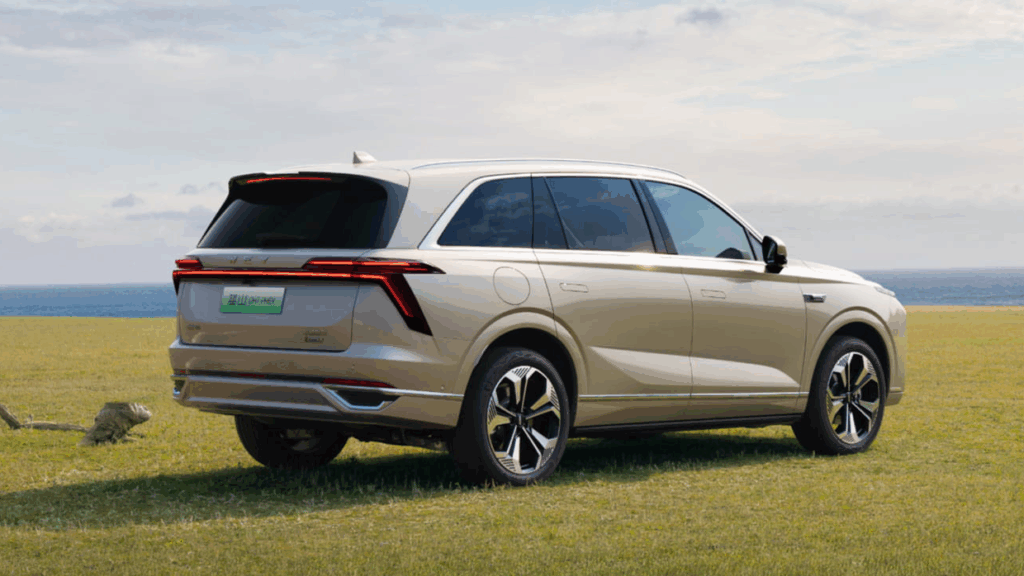
Australian media, including Chasing Cars, has been invited to drive the GWM Gaoshan luxury minivan at a private facility in Victoria this week, with test vehicles rebadged ‘GWM Wey G9’ – the expected Australian name for the MPV.
G9 van, Blue Mountain SUV the first two Wey models for Australia
But the G9 van would be supplemented in GWM’s Australian dealerships by the Wey Blue Mountain large luxury SUV, Chasing Cars understands, while at least one other Wey SUV model is also under examination.
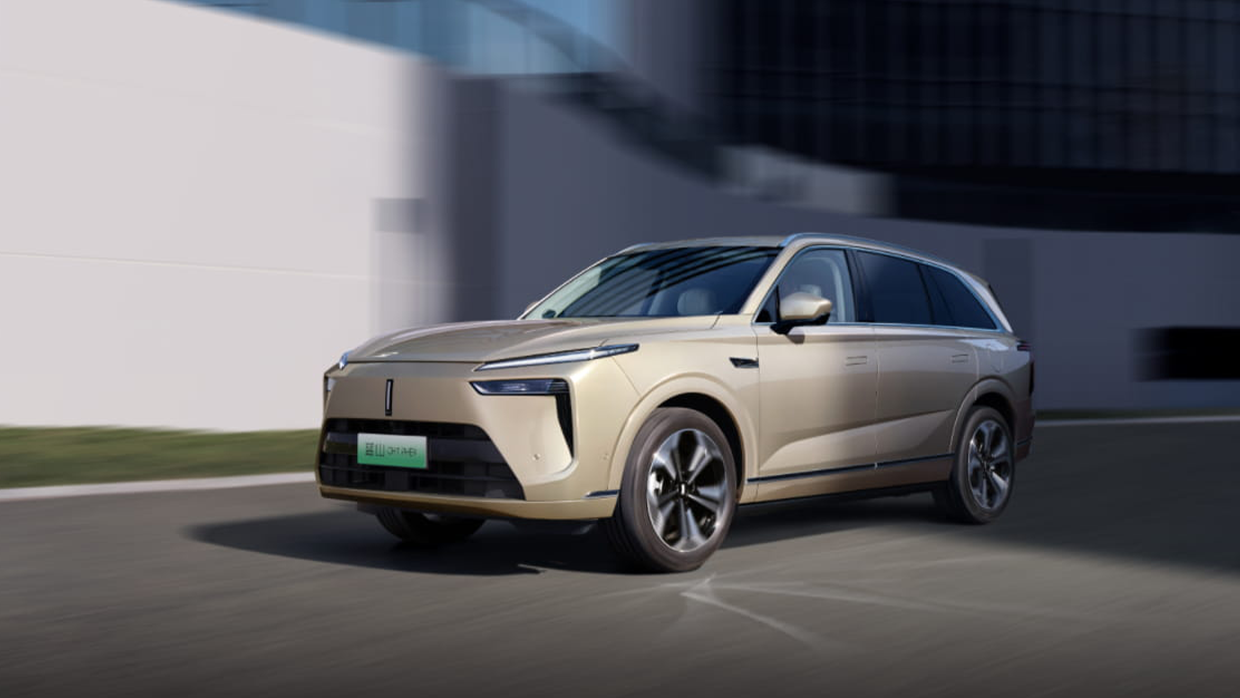
Pronounced like “way”, the premium GWM marque is named for the current chairman of Great Wall Motors, Chinese billionaire Jack Wey.
“We are still working through final scenarios, but there is a good chance you are going to see [Wey in Australia] next year,” GWM Australia head of marketing and communications Steve Maciver told Chasing Cars.
An earlier proposal to bring Wey’s SUV models to Australia under GWM’s more affordable Haval sub-brand has been abandoned.
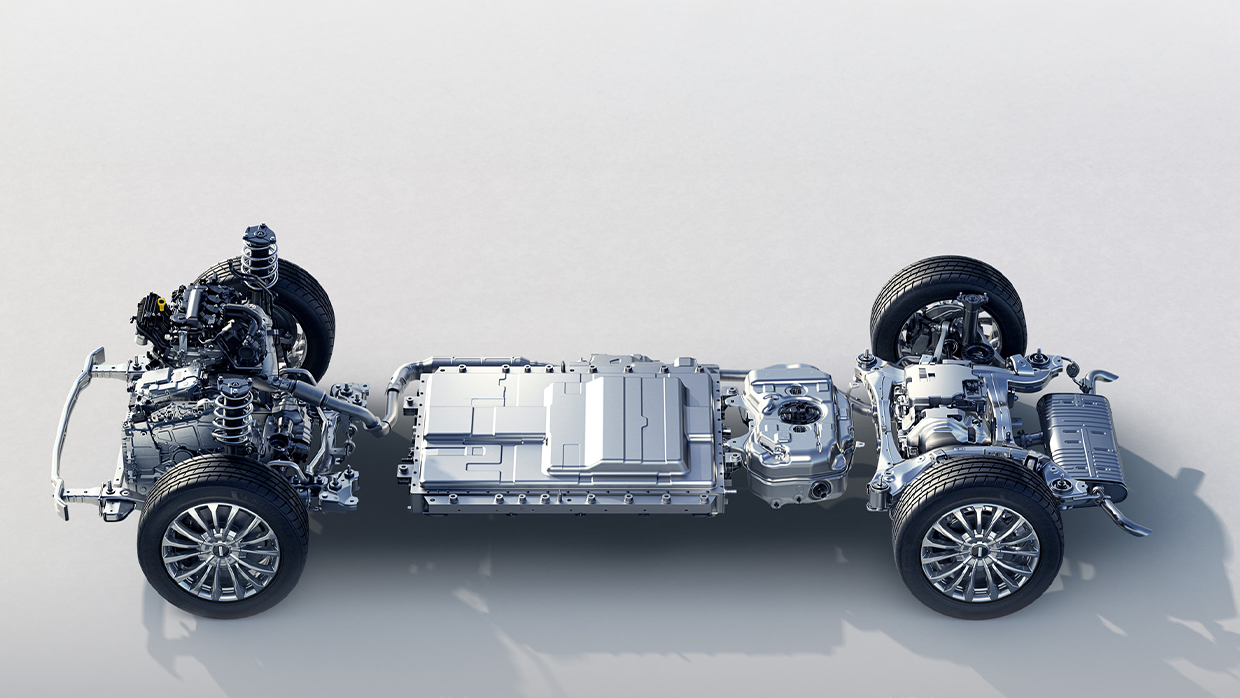
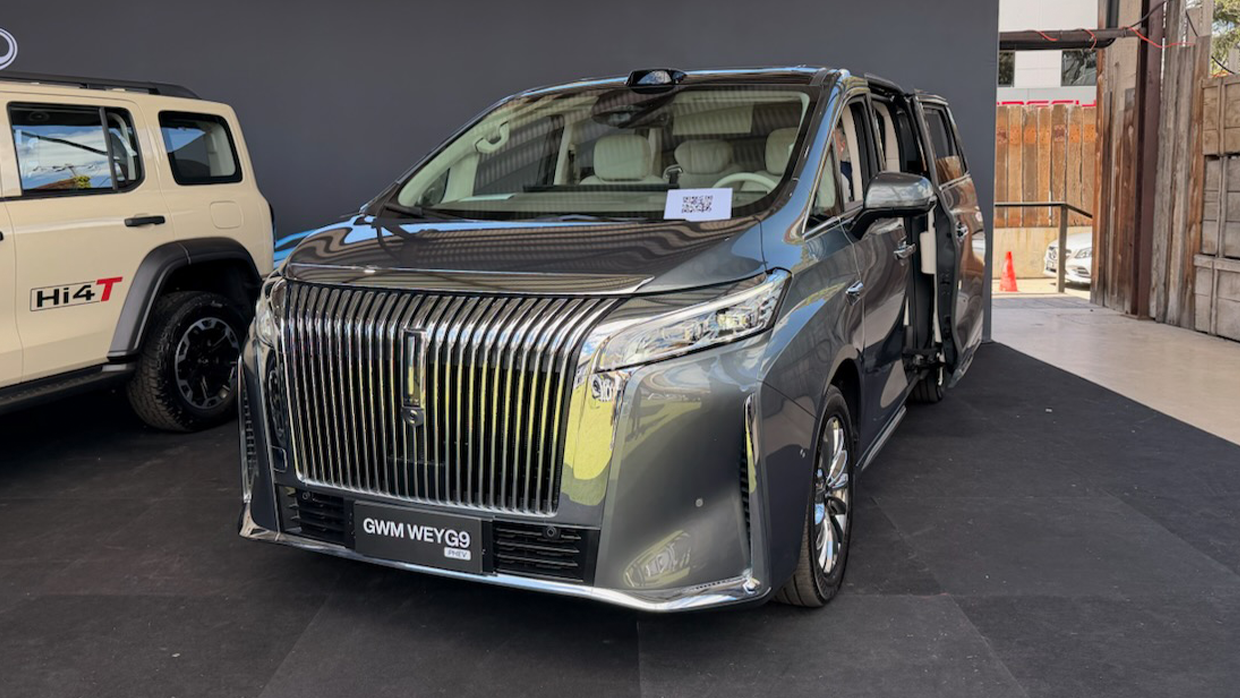
Maciver confirmed that — at least at first — Wey would not offer pure combustion or pure electric vehicles locally, but that PHEVs would be the focus.
“[Wey] will be plug-in. We are pretty confident, with the NVES scenario we are facing, that we are going to see an increased [market] share of PHEVs. It is going to have to happen, and we are betting pretty big on it,” he said.
The most likely Wey models for the brand’s mooted 2026 Australian release both offer PHEV powertrains.
Plug-in hybrids with big power and 100km+ electric range
The G9 (or Gaoshan) minivan is produced only with a 1.5-litre turbo petrol PHEV powertrain producing 358kW/762Nm combined, with approximately 140km electric range.
Meanwhile, the Blue Mountain (Lanshan) large SUV uses a similar 1.5T PHEV system, though it is uprated to 380kW/933Nm combined. Electric range is similar to the G9 at about 140km with GWM claiming combined driving range is over 1000km.
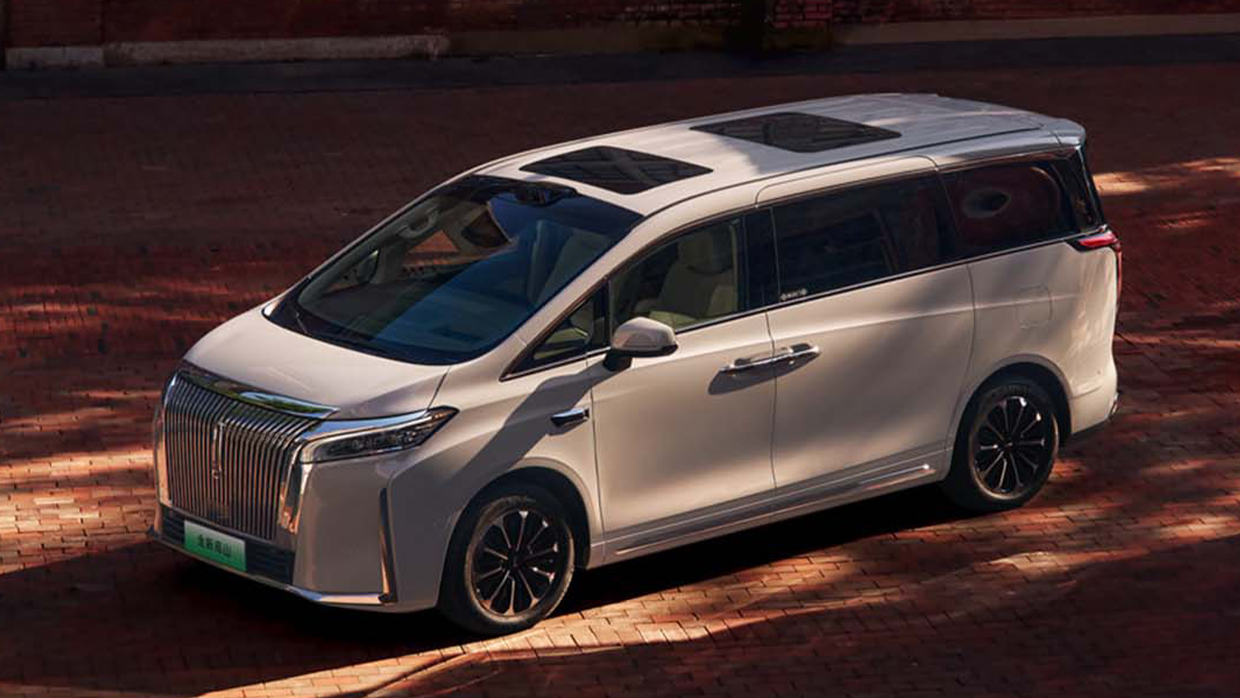
Both the Blue Mountain SUV and the G9 van use an existing GWM hybrid all-wheel drive system, but Maciver hinted that Australia could receive Wey models with GWM’s newer-generation, high-performance Hi4-Z PHEV/AWD combination.
“If you think about perhaps a Wey Blue Mountain that might [be used for] occasional soft-roading, Hi4-Z will be pretty capable of that. It will also give you increased performance and increased (electric) range on-road, so it could be a good option for us,” he said.
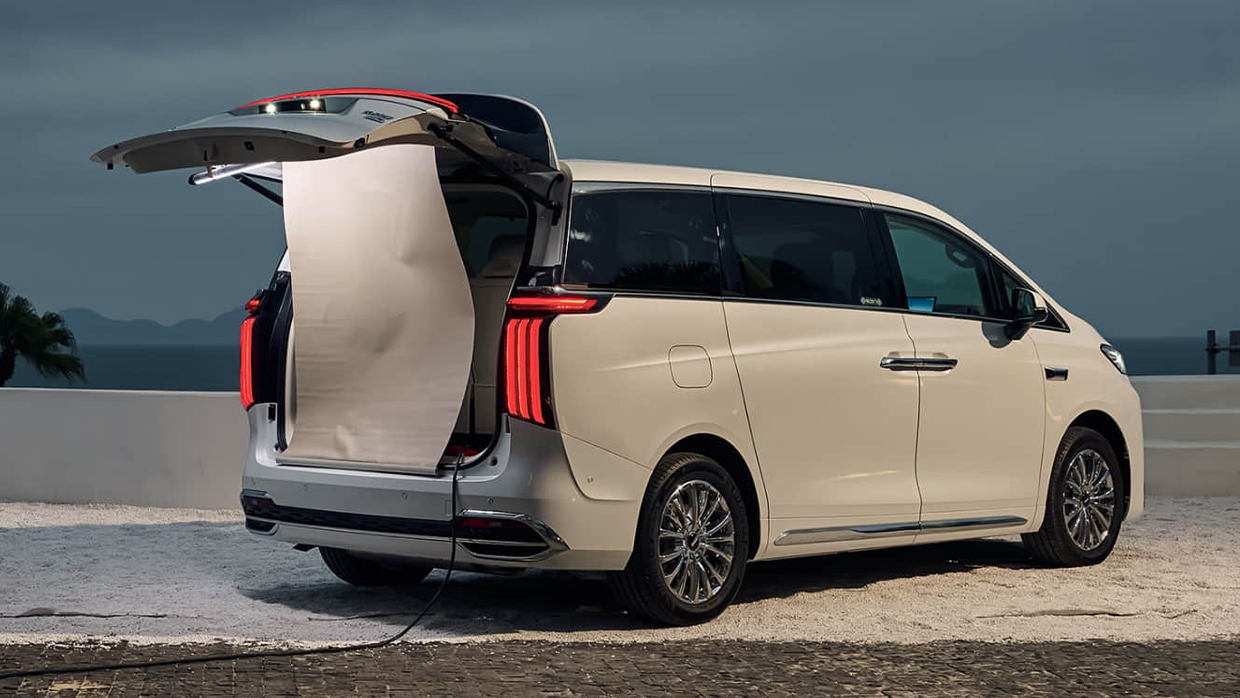
Equipped with Hi4-Z instead of their existing PHEV systems, the G9 and Blue Mountain could produce up to 635kW/1195Nm combined with up to 200km electric-only range from a 59kWh battery.
Wey to avoid sky-high pricing of some luxury rival brands
GWM Australia is adamant that pricing for Wey models will remain in reasonable territory despite their luxury status.
It was made especially clear that the G9 luxury van will not be priced in the same territory as the Zeekr 009 (from $135,900 plus on-road costs) or Lexus LM (from $163,520 + ORCs).
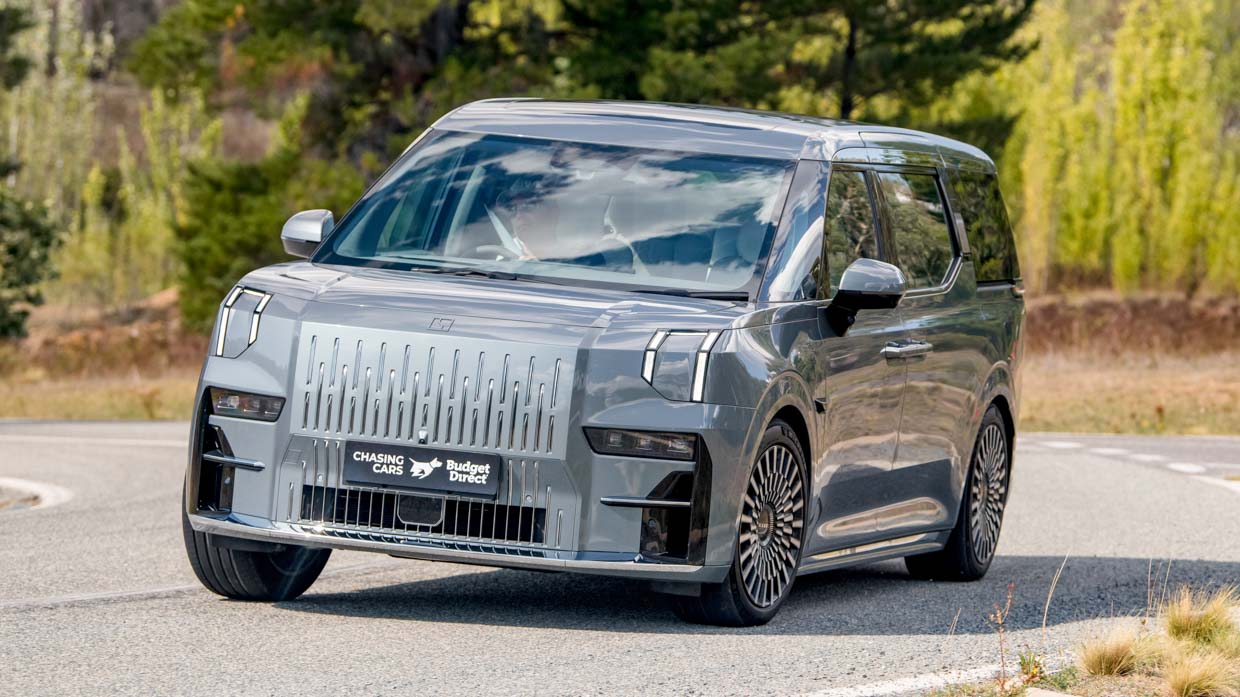
“I would be confident in saying that if we were to bring [the G9 van] in, we would not be close to six figures,” Maciver told Chasing Cars.
“Comparing what other brands may be doing in the [minivan] space at six figures, we don’t believe that is where the vehicle should be priced for us. We don’t know exactly what that [price] looks like, but we are pretty confident we are not going to be at six figures.”
GWM Tank 500: New 3.0-litre diesel engine to debut in Australia in 2026 to fight Toyota Prado, Ford Everst and Isuzu MU-X
3 days ago

GWM set to ratchet up the fight with Toyota with big new diesel set to be added to Tank 500 alongside emissions-friendly plug-in power
A larger-displacement four-cylinder turbo diesel engine in development by GWM will have its global debut in Australia “by mid-2026”, the conglomerate’s chief technology officer Nicole Wu says.
“A three-litre turbo [engine] is coming soon, and here is the kicker — our 3.0-litre Tank diesel model will make its global debut right here in Australia by mid next year,” Wu told media including Chasing Cars.
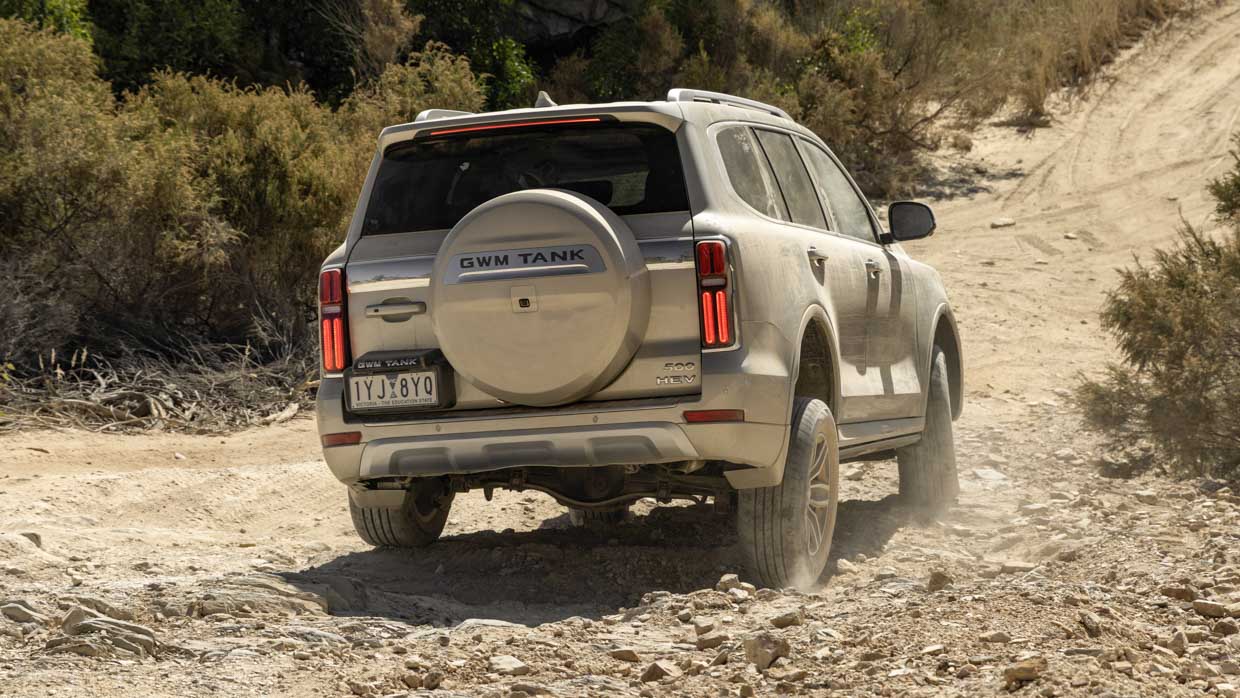
The decision to unveil the new engine in Australia is a boon for GWM’s local operations, with GWM global executives confirming Australia is a pillar of the Chinese conglomerate’s expansion strategy.
GWM is rapidly expanding powertrain options in Australia, with the all-new diesel joining a lineup that also includes petrol engines, plugless petrol hybrids (HEVs), plug-in hybrids (PHEVs), and battery EVs (BEVs).
While most brands are moving away from diesel engines, GWM says the expanding share of hybrid sales will create headroom under Australia’s New Vehicle Efficiency Standard (NVES) regime to continue selling diesel and petrol engines in future.
3.0-litre diesel to be sold alongside plug-in hybrid engines
The new 3.0-litre four-cylinder diesel engine will make its debut in the Tank 500 four-wheel drive, with the engine set to become GWM’s ‘premium’ diesel powertrain.
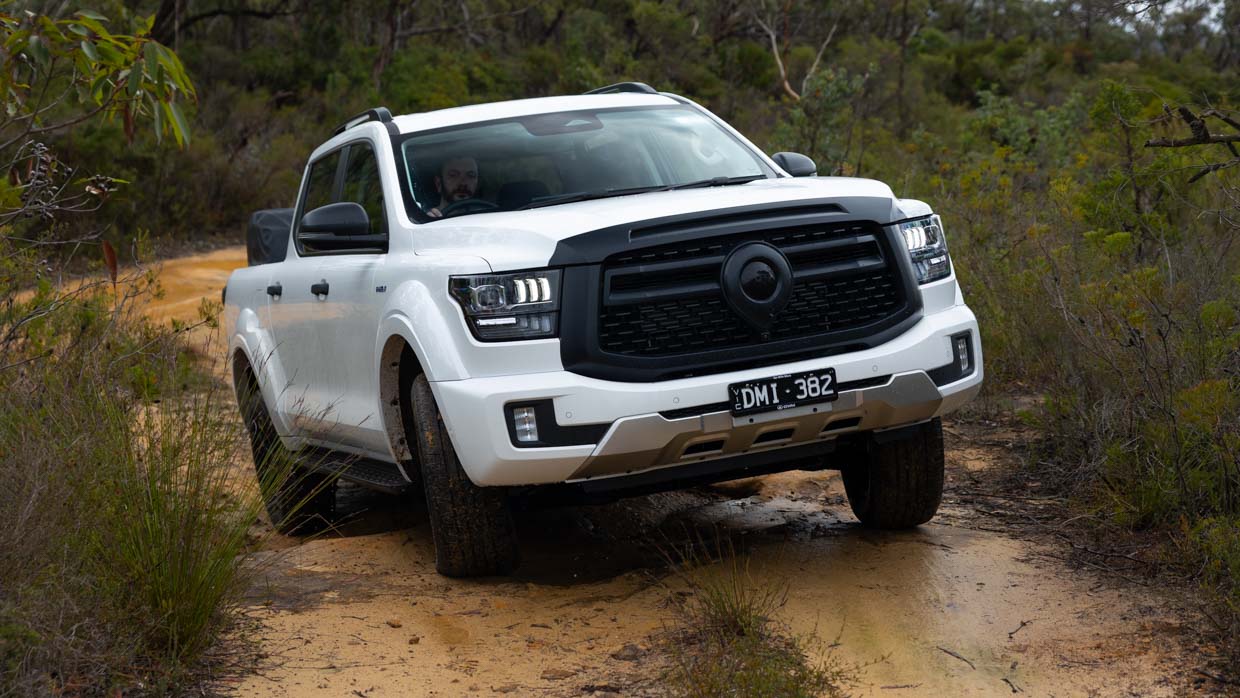
Meanwhile, a 2.4-litre diesel engine producing 135kW/480Nm is expected to continue doing duty in smaller GWM 4WD models including the Tank 300 and the standard-size Cannon ute.
“We know Aussies love diesel, and we have been perfecting it since 2002 with 24 years of know-how,” said Wu.
The Tank 500, a Toyota LandCruiser Prado rival, is currently offered in Australia with a 255kW/548Nm 2.0-litre turbo petrol/hybrid (HEV) engine, with a 300kW/750Nm 2.0-litre turbo petrol/plug-in hybrid (PHEV) option joining the line-up imminently.
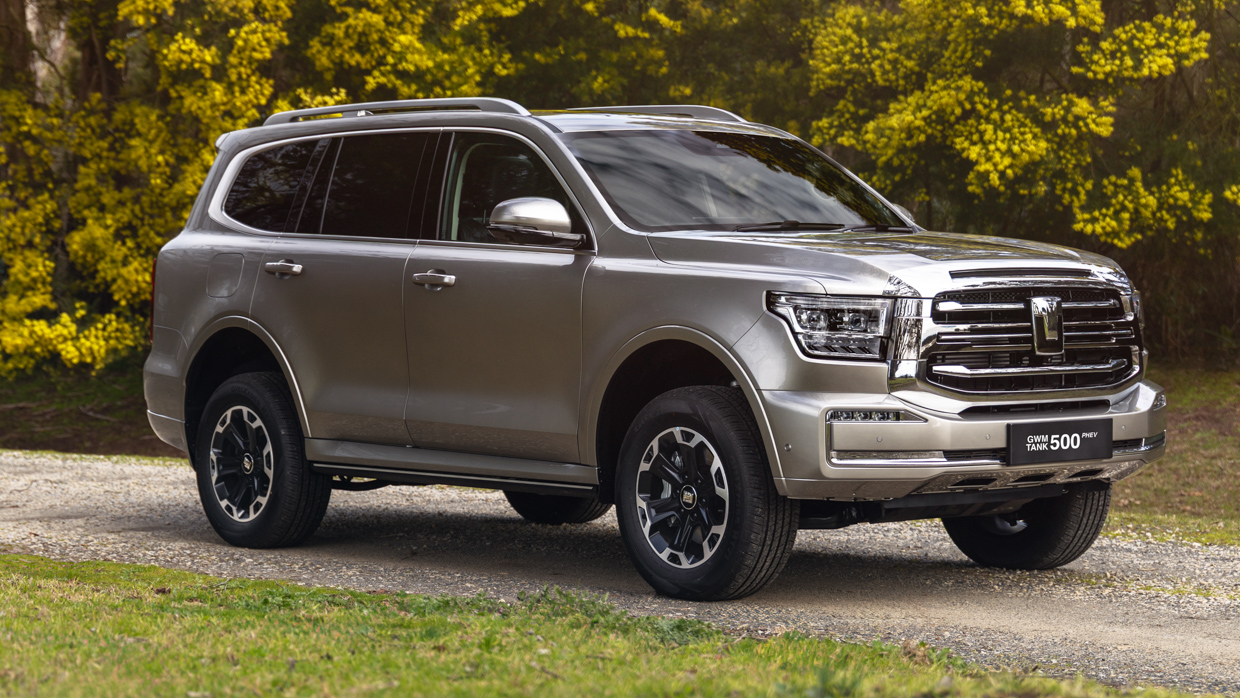
GWM will rely on sales of the Tank 500 PHEV to balance out the model’s average emissions, though it expects the 3.0-litre diesel to sell very strongly in Australia — potentially necessitating the diesel to be more expensive than the PHEV over time.
Initially, however, GWM chief operating officer John Kett told Chasing Cars that the plan is to “let [the 3.0-litre diesel] run” before making any powertrain pricing adjustments to suit NVES requirements over time.
Both the PHEV and the new diesel are expected to generate considerable additional sales for the Tank 500, as sales performance with the HEV-only powertrain lineup has lagged well behind the Prado.
New diesel also expected for Cannon Alpha, V8 still in development
The large Cannon Alpha ute is also likely to receive the 3.0-litre diesel engine, where it will be sold alongside the existing PHEV version of the Cannon Alpha.
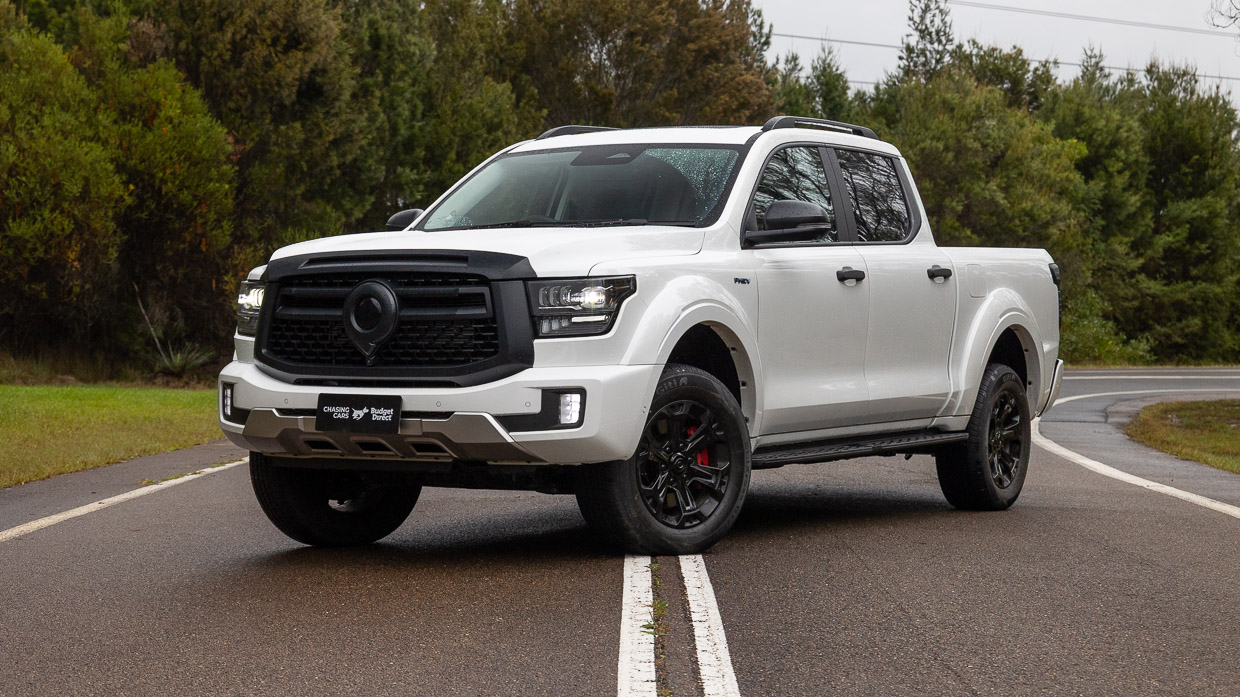
Performance of the new diesel engine is expected to be higher than the existing 2.4-litre’s 135kW/480Nm outputs, while also reducing fuel economy and CO2 emissions. In the Tank 300, the 2.4-litre consumes 7.8L/100km in ADR combined testing.
While the 3.0-litre engine is likely to be the largest capacity diesel GWM will offer for the foreseeable future, development work continues on a 4.0-litre petrol V8 powertrain that is under consideration for Australia.
The V8 may be teamed with a hybrid system to make its emissions more manageable, and GWM has foreshadowed a “military-grade” super off-road model will be revealed soon. That 4WD may be the debut platform for the V8 engine.
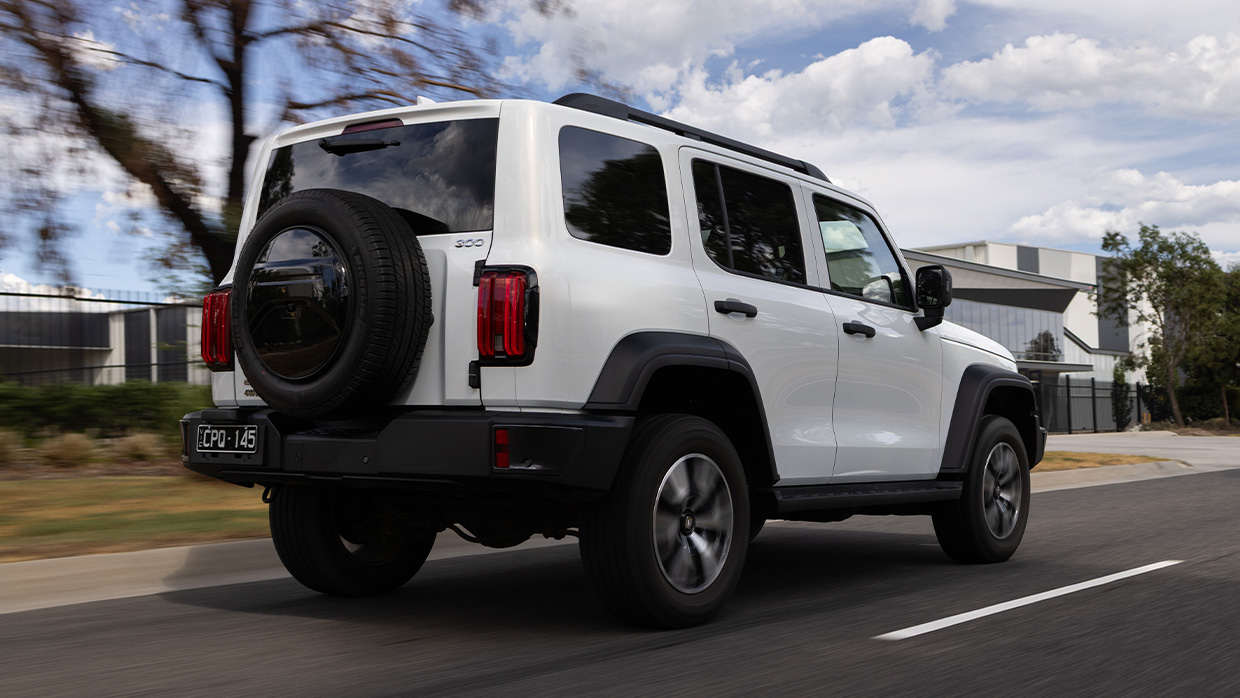
Under NVES, carmakers that sell too many high-CO2 vehicles (such as pure diesel and petrol models) are penalised — but NVES penalties can be balanced out with credits effectively generated by the sale of EVs and PHEVs.
“GWM is well positioned not just to cope with but to thrive in this new era,” said GWM Australia head of marketing Steve Maciver.
GWM’s sales of PHEV models under its Haval, Tank and Cannon lineups, as well as BEVs under the Ora brand, are expected to put it into NVES credit territory.



